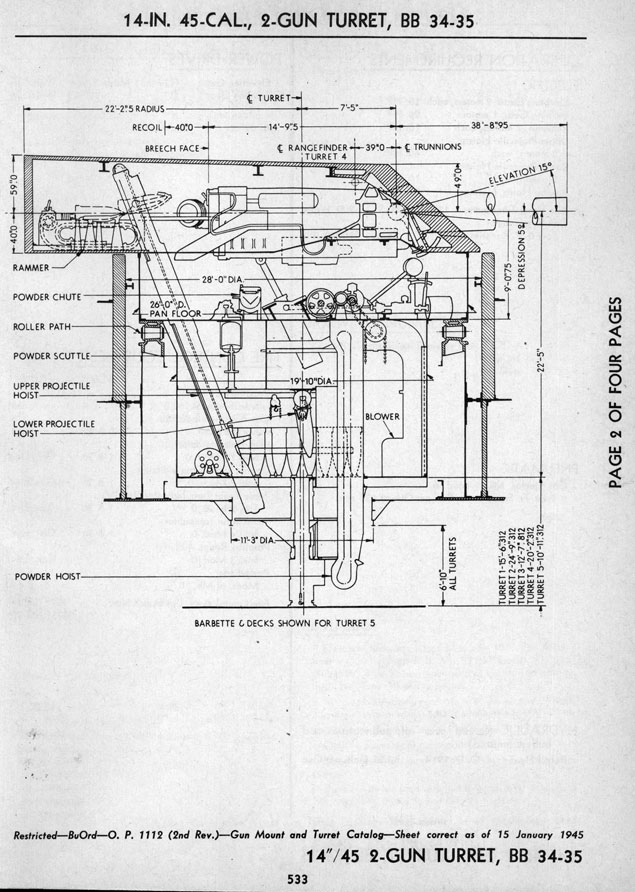The original story of the Greek Battleship Salamis is well worth a read. International courts as the Greeks get sued. Armament gets sold to Britain and ends up in four monitors. One of those monitors gets sunk by the Goeben/Yavuz. Remains of the hull sold for scrap.
So, RHNS Salamis part two. For my next Salamis to come about, the three twin 14" remaining at the end of World War One are returned by Britain to the US. These are put into storage for use with the Texas, Oklahoma classes of battleship that use those turrets. The Greeks go to the Fore River Navy Yard for the design of a new battleship. The Greeks are told that the 14" turrets are still available (there are actually five spares for the US battleships that use them) and that these could be used to create a new fast battleship that would rival the new Turkish battleship being built in Germany. A new Turkish battleship, like waving a red rag at a bull. The Greeks want one too!

Laid down in 1935 the ship was christened Salamis II. Completed in 1939 to a basic large cruiser design rather than a battleship. The Greek Navy did not have enough money to go the full battleship route and accepted some compromises to bring the ship within budget. The full US battleships under construction were fitting ten twin 5" turrets, the Salamis only six. The US battleships had 12" armour belts, the Salamis 9". The reduced fittings did not slow the ship down as the smaller power plant was pushing a shorter and narrower hull to a better speed.
The new battlecruiser Salamis cut a dashing figure on arrival in the Mediterranean. It took over flagship duties from the armoured cruiser Averoff and watched as the world exploded into the madness of another European war. France surrenders and Italy joins the Axis forces. The madness is getting closer. Italy attacks Greece through Albania. The Greeks are in the war. Much to Mussolini's chagrin, the Greeks are beating his forces. The Germans are forced to come to Italy's aid. The Germans attack down through Yugoslavia and into Greece. The Allies had put forces into Greece and these were lost to the Germans. German land power and air power was invincible in the Balkans. The Salamis, Averoff and other useful units are withdrawn to Alexandria while the Greek mainland surrenders. The German airborne division takes Crete and the Greeks are finished. The German Airborne division is refitted in Southern Italy ready for its next mission, the taking of Malta.
The Salamis becomes a part of the Mediterranean Fleet under Admiral Cunningham while the other units are integrated into the war where they are best suited for. (The Averoff escorts groups of ships in the Indian Ocean as cover against the German merchant raiders.) The Salamis is used as the guardship for the aircraft carriers. Its lighter armour not allowing it into the battle line to face other battleship class vessels.
